This 7 days Rwenzori Trekking package will have you getting the best out of Uganda in just a week. You will have 7 days of mountain hiking in the Rwenzori, cultural tours in Uganda and Gorilla Tours. Fore gorilla tours, you will visit Mgahinga National Park or the Bwindi Impenetrable Forest National Park, depending on the gorilla permit assignment.
With this seven-day tour, you will tour the highest point in Uganda as well as tracking some gorillas, deep into the rainforests of the Ugandan parks.
About the Rwenzori Mountains
Rwenzori Mountains National Park was officially declared a national park in the year 1991 and is both recognized as a World Heritage site and a Ramsar site. The park covers an area of about 996km2. . The highest point on Rwenzori Mountain is the Margherita Peak that stands 5,109m above sea level and it stands on Mt Stanley, a mountain that stands on the border that separates Uganda and the Democratic Republic of Congo. one amazing fact about the Rwenzori is that in AD 150, geographer Ptolemy from Alexandria in Greece, gave these mountains the name “Mountains of the Moon”.
Getting there
Rwenzori is located in the South-Western part of Uganda and Entebbe International Airport is the nearest airport to Rwenzori National Park. From the airport, you can take a shuttle or minibus to Rwenzori or to Kampala, another minibus to Kasese then Kalembe if you are using public transport.
Best time to trek the Rwenzori Mountains
The best time to hike the Rwenzoris is during the dry months between December and March or from July to September.
Need to know
You will need a tourist visa for entering Uganda, a process that can be done easily done online and usually take a few hours to be sent to you via email. For a 90 days visa, it would cost you about $50 (USD currency only)applications can be done online here – visas.immigration.go.ug.
Why choose the Rwenzori over Mount Kilimanjaro?
Since the Rwenzori mountains are not as popular as Mount Kilimanjaro, they do not attract as many climbers as Mount Kilimanjaro, meaning that, the routes are less crowded and the high altitude vegetation is more lively. Even though Tanzania’s Mount Kilimanjaro is the highest in Africa, Uganda’s Rwenzori mountain range is one of Africa’s top hiking destination, holding three of Africa’s five highest peaks.
Day 1: Transfer from Kampala to Rwenzori national park
Upon arrival at Entebbe international airport, you will be met by Tranquil Kilimanjaro representatives then proceed to have a nice, morning breakfast before you embark on your 8-hour journey from the capital city of Uganda, Kampala to the Rwenzori Mountains with a stop for lunch along the way in fort portal and arrive at Rwenzori Park, later on in the evening. Check-in at Ruboni Community Banda for dinner and overnight stay.
Ruboni Hill Walk
After breakfast, leave early in the morning to hike up Ruboni Hill in Rwenzori for a nature walk that will have you marveling at the scenic views on display at River Mubuku and a view of Mount Baker and portal peaks on your way down the Ruboni Hill. While on top of the hill, you will get an amazing panoramic view of Rwenzori Mountains and a stunning view of the ever-snow-capped Margherita Peak. Head back to your accommodation for dinner and overnight.
Cultural Hike or Village Walk
After an early breakfast at your accommodation point, embark on cultural tour set off on the Bulemba- Ihandiro Cultural Trail for a cultural immersion trip with the local Bakonzo culture. This 6-7 hours hike revolves around a hilltop cultural museum that goes through the “Bat Valley” – a holy place for the Bakonzo, and crosses the River Kamusonge. There is also a chance to visit a traditional healer that will elaborate how he uses his “Muhima” or powers, to cure the sick. Alternatively, you may opt to visit the neighboring villages of Ruboni (with Ruboni Community Camp) or Mihunga (with Rwenzori Turaco View) for a cultural tour that will feature traditional dance performances and the chance to buy locally made handcrafts, souvenirs and artefacts. Dinner and overnight at the Banda.
Transfer from Rwenzori Mountains to Bwindi National park
After having breakfast, early in morning at the Banda, you will be transferred from the hotel for a scenic journey to explore the landscape of Uganda’s hills and arrive at Bwindi Impenetrable Forest National Park, or Mgahinga national park depending on the gorilla group your visiting as indicated on your gorilla permits. Dinner and overnight at Gorilla Forest Camp/Gorilla resort/Buhoma community Bandas/ Buhoma Homestead or similar..
John matte – Nyakalengija
Take an early morning breakfast, head to the park office headquarters with packed lunch for an inevitable briefing ready to trek for the gorillas in the thick impenetrable forests. You get to spend an hour with the gorillas after having trekked for about 3-5 hours. If you are not so worn out in the evening, head for a brief nature walk to the Batwa community. Also available are curio shops, drinking joints, a children’s school among others. You can try the other option being Munyanja river trail, where you can see the waterfalls and an array of bird life or the Muzabajiro/ Ruhija trails which offer forest and grassland bird species plus more primates. Return to Ruhija Gorilla Mist, or Bakiga Lodge / Buhoma community Bandas/ Buhoma Homestead.
Lake Bunyonyi
After having that encounter with those mysterious mountain gorillas, say farewell to the Bwindi Impenetrable National Park and head to Lake Bunyonyi. Lake Bunyonyi is another major tourist stopover that is undeniably amazing. The word Bunyonyi means “small birds” in direct translation which means that the lake is a must stopover for committed birders and besides that its serpentine shape and numerous islands other highlights one must look out for. When you reach do a canoe ride, check out several islands like Bwama Island good for birders or you could take a nature walk helping you to appreciate a variety of small birds. Sleep and dine at Arcadia Cottages/ Bunyonyi Overland Camp.
Kampala
Take breakfast and walk towards the northern tip of Bunyonyi to Ruvuma swamp, one of the best places to appreciate birds such as the papyrus yellow warbler among others. In the afternoon return to Kampala which brings us to the end of this trip.
English speaking trekking guide and Porters
During the trek, you will be accompanied at all times by a Rwenzori Mountains guide. Porters will join the group as well to help to carry the luggage. There will be 1 porter per hiker to carry his/her personal luggage. The other porters carry food, charcoal, cooking utensils, and a gas cylinder among others.
Accommodation
Accommodation during the trek is included in the price. You will spend your nights on the mountain in huts along the main circuit of the Rwenzori, such as the Nyabitaba hut, the John Matte Hut or the Bujuku Hut.
Meals
All meals are included during the trek. Breakfast, lunch, and dinner are served every day while on the trek. There is always powdered milk, chocolate drink, bread, sausages, packed juice, apples, chocolates, beef, rice, Irish potatoes, peas, and sandwiches. Lunch is not included on the first day of the trek.
Permits and Entrance Fees
In order to trek in the Rwenzori Mountains national park, you need a hiking permit and you need to pay the park’s entrance fees. These are included in the price of the trek.
Hiking Equipment
Hiking equipment such as crampons, ice ax, harness, helmet, gumboots are included in the trek.
Not included:
Airfare
You will have to make your way to Kampala, the starting point of this trek. Flight tickets to Uganda are not included in the price of the trek. In order to know which airlines fly to Entebbe International Airport (EBB), you can have a look at their website.
Transfer to Nyakalengija
This trek starts from Nyakalengija. You will have to make your way to this town. If you need help with the transfers, let us know and we can arrange it for you.
Accommodation before and after the trek
Before and after the trek you have to take care of your own accommodation in Kampala.
Travel Insurance
Your international travel insurance is your own responsibility. It is important that your travel insurance also covers adventures at a high altitude. Discuss your itinerary with the insurance company before your trek.
Sleeping bag and other equipment
Sleeping bags are not included in the trek, you will have to bring your own. Other necessary trekking equipment such as trekking boots, and warm gear are not included.
Personal expenses
Any personal expenses that may take place during the trek, such as buying snacks, souvenirs or alcoholic drinks are on your own account.
Water
As you hike the Rwenzori, you will not be provided with bottled water. You will get the water from the rivers and streams in the mountains because it’s clean. The locals drink it and they are okay. But if you don’t trust it, it’s okay to add some water filters to your water to avoid any inconveniences (these won’t be provided by your trekking company).
Tipping
Tips for the guide and porter are not included in the price of the trek. You decide how much to tip, but if you got a good service from your guide, be generous.
The formation of the Rwenzori mountains dates way back to about 3 million years ago. Unlike other volcanic mountains, the Rwenzori ranges are formed by uplifted blocks of crystalline gneiss, quartzite, amphibolite, and granite rocks.

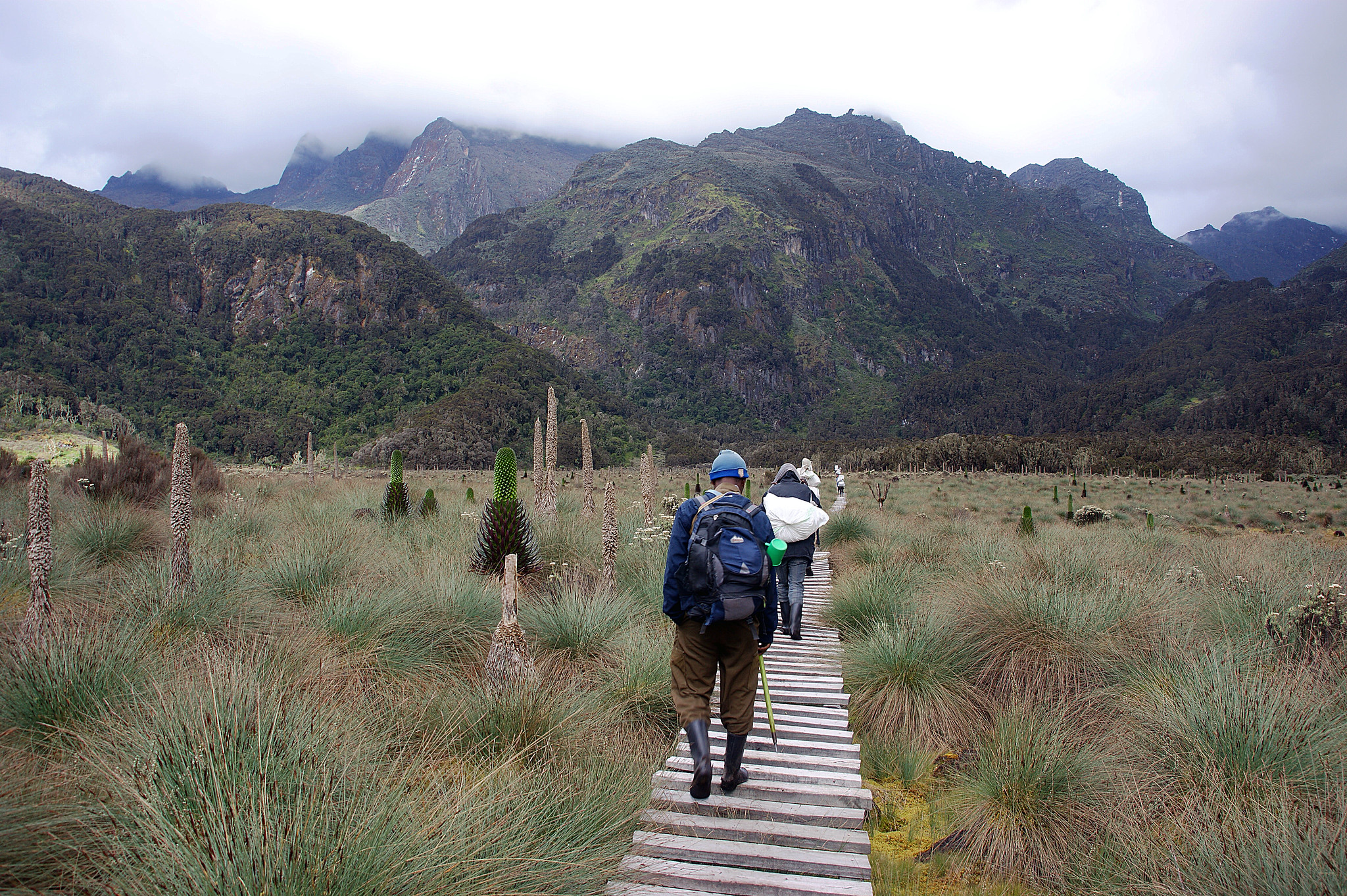
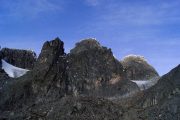
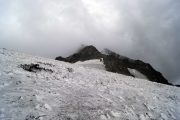
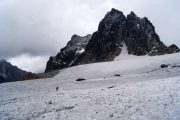
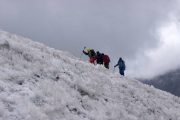
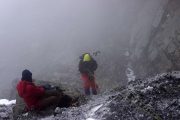
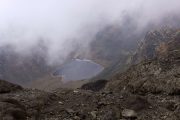
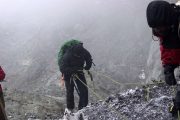
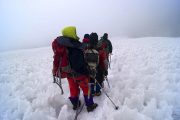
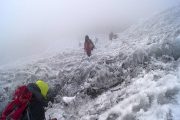
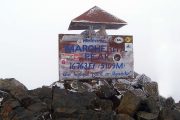
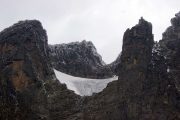
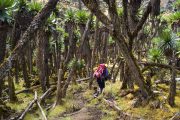
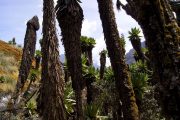
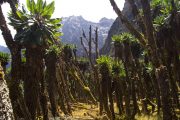
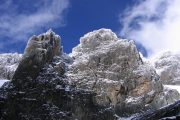
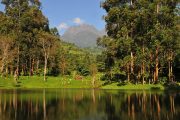
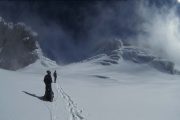
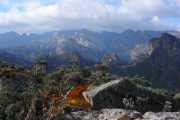
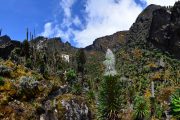
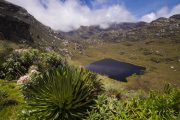
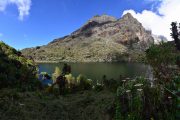
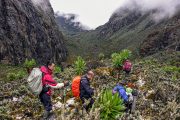
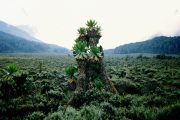

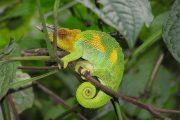
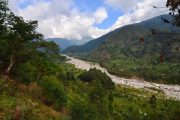
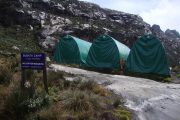
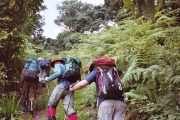
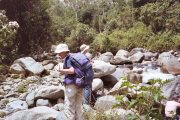
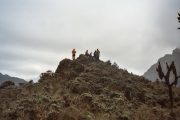
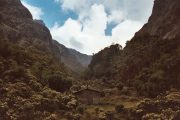
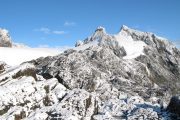
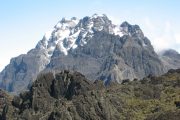
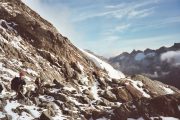
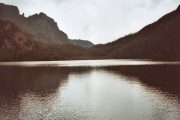
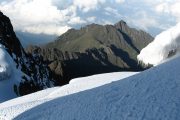
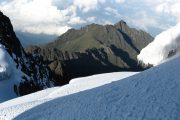
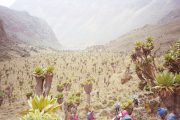
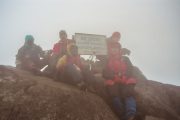
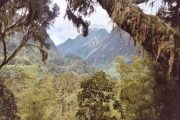
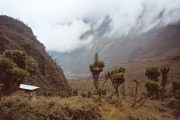
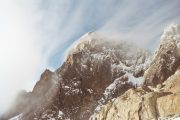
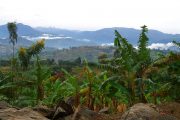
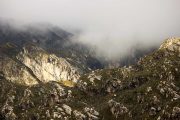
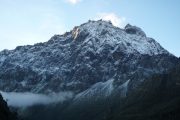
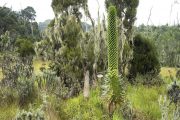
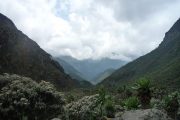
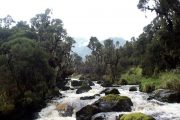
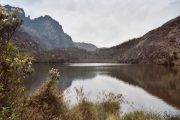
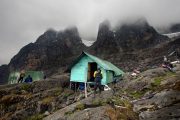
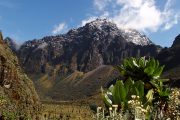
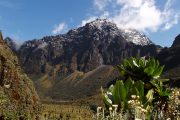
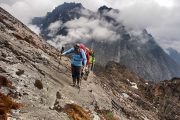
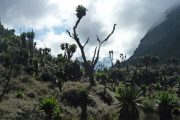
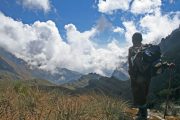
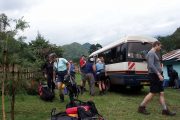
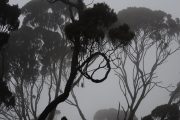
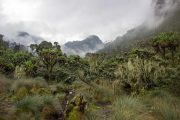
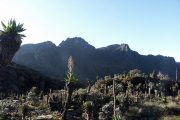
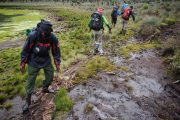
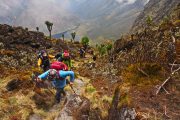
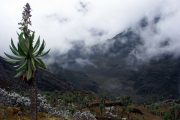
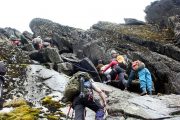
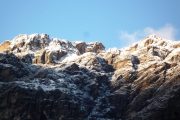
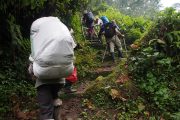
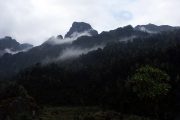
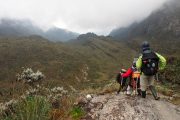
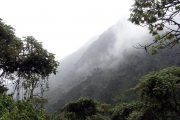
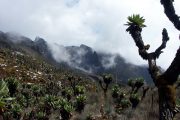
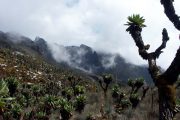
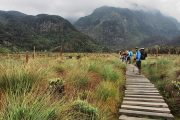
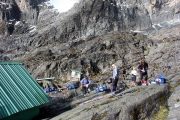
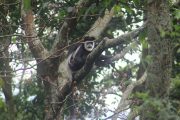
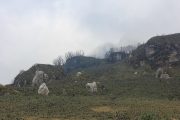
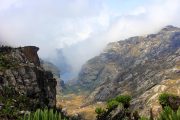
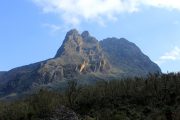
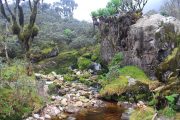
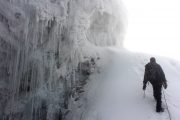
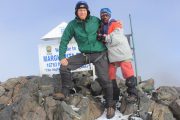
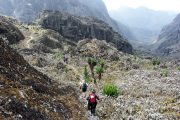
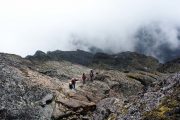
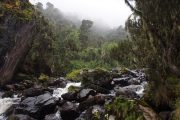
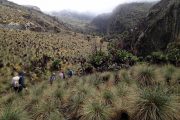
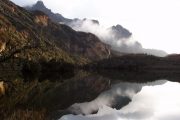
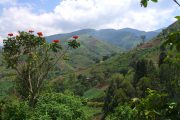
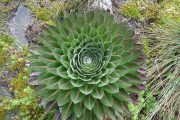
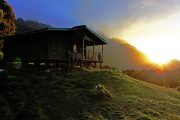
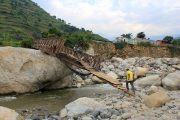
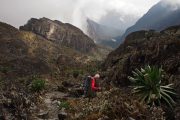
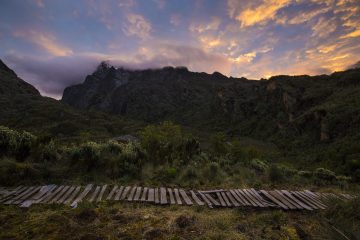
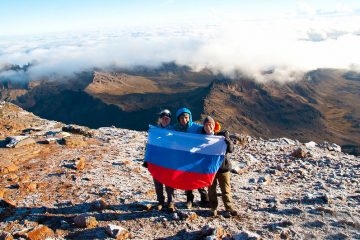
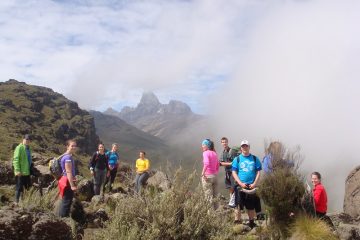
Tour Reviews
There are no reviews yet.
Leave a Review